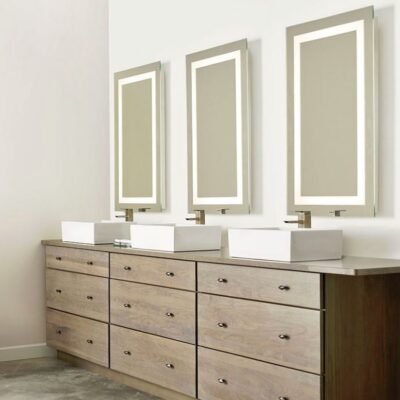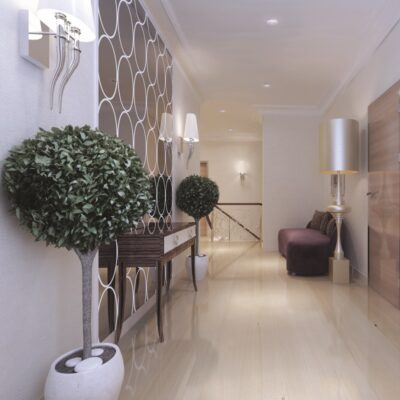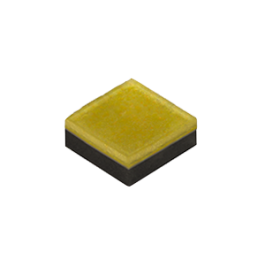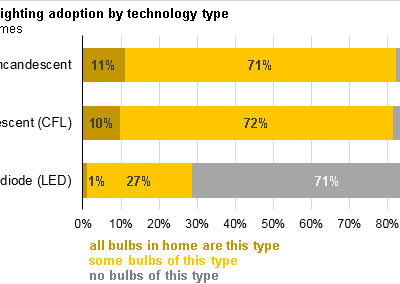ARCHITECTURAL SSL recently announced its eighth annual Product Innovation Awards competition, recognizing outstanding products and product developments relating to solid-state lighting. The magazine welcomes products to be submitted for consideration. The deadline is March 23, 2018.
Craig DiLouie
Product Monday: Captivate by Hubbell Lighting
Hubbell Lighting’s Captivate is an illuminated mirror solution suitable for a wide range of applications including healthcare, hospitality, commercial and residential. It is available in four standard sizes and three light color temperatures, all with a CRI>80). It is ADA-compliant with a low-profile housing and can be dimmed with 0-10V controls.
Trends in Downlighting
Available in new construction luminaires and retrofit trims and kits, LED offers the benefits of directional light output, high efficiency and life, good lighting quality, and controllability in downlighting. Click to read this article about trends in this category.
NLB Appoints Cary Mendelsohn Chair
Cary S. Mendelsohn, CLMC, has been elected chair of the National Lighting Bureau (NLB), the lighting education foundation.
IES Announces Call for Presenters
The Illuminating Engineering Society has announced a call for presenters for its 2018 annual conference to be held August 9-11, 2018, at the Westin Boston Waterfront in Boston, MA. The deadline for submission if March 30.
Zachary Pearson Earns IESNYC Scholarship
The New York City Section of the Illuminating Engineering Society (IESNYC) recently announced that Zachary Pearson, a candidate in the Master of Science in Lighting program at Rensselaer Polytechnic Institute (RPI), is the winner of the third annual IESNYC Scholarship.
Product Monday: Extreme Density LED by Cree
Cree, Inc.’s ceramic-based XLamp® XD16 Extreme Density LED is designed to deliver up to 5½ times higher lumen density than the company’s previous generation of high-power LEDs, offering new opportunities for product innovation.
CFL and LED Use Growing in Homes
The Department of Energy’s (DOE) latest Residential Energy Consumption Survey (RECS) revealed a majority of U.S. homes used more than one type of lamp, mainly a mix of incandescent and compact fluorescent. Adoption of LED lighting was increasing, however, with 29 percent of households reporting they’d installed at least one LED lamp. Click to learn more about the 2015 RECS.
Light Stored as Sound for First Time
Researchers at the University of Sydney have successfully transferred data carried on light waves into sound waves in a microchip. Why is this important? Shifting from optical to acoustical and back inside a chip is considered a building block of creating computers that use photons instead of electrons to move data.










